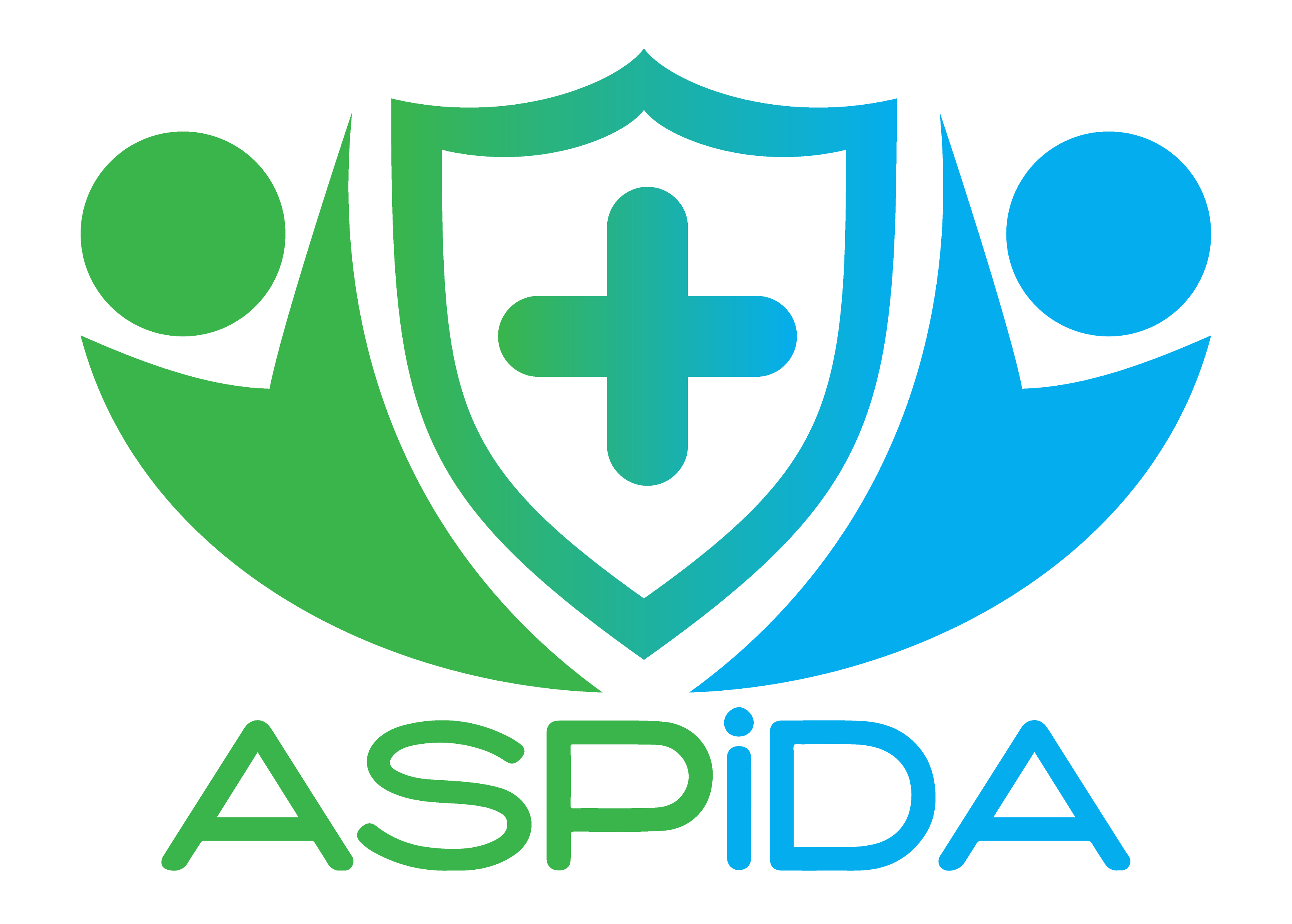Risk of falls and physical activity behaviour in community-dwelling older adults. A cross-sectional analysis
Introduction. Falls in older adults are a public health problem and physical activity (PA) is an important behavioural factor in falls prevention. Following the reopening of community centers post Covid-19 restrictions, the study aimed to compare physical activity (PA) and sedentary behaviour (SB) of older adults at different levels of fall risk (FR) and identify socio-cognitive PA determinants. Methods. This is baseline data from ASPIDA, an on-going, longitudinal study, with 96 current recruits from community centers for older adults in Municipality of Rodopi, Northern Greece. Measures included an adjusted version of John Hopkins Fall Risk Assessment Tool, the Geriatric Depression Scale, Falls Efficacy Scale-International, Multidimensional Outcome Expectations for Exercise Scale, Self-efficacy for Exercise Scale, administered during site-visits, and triaxial accelerometers (Actigraph GT3X, GT9X), hip-worn for a week. Results. Mean age was 73.6 years (SD=6.2), 77.7% women. The proportion of people at low, medium and high FR was 22%, 60% and 16% respectively, with 69% reporting no fall history in the last 12 months. On average participants wore the accelerometers for 6.4 days and spent 58.3 minutes (SD=28.9) in moderate-to-vigorous PA (MVPA), 126.2 minutes (SD=36) in light PA (LPA) and 9.9 hours (SD=2) in SB daily. The guidelines of 150 minutes of weekly MVPA were met by 91% of participants. 67% reported doing no exercise, whilst 13% reported doing ≥1hour/week. There was no effect of sex, BMI and depression on FR. There was a significant effect of MVPA [F(2,34.35)=22.08, p<.001, η2= .15], the proportion of time spent in SB [F(2,30.39)=11.21, p<.001, η2= .12] and fear of falls [F(2,22.74)=10.60, p<.001, η2= .36] on FR. Those at high FR spent significantly less time in MVPA, more time in SB and had greater fear of falls than those at medium and low FR groups. Participants’ PA/exercise outcome expectations (OE) were overall positive [M=4.3 (SD=0.5) for physical OE, M=4.2 (SD=0.6) for self-evaluative, M=3.2 (SD=0.7) for social]; self-efficacy was average [M=5.33 (SD=1.9)]. Only self-evaluative outcome expectations were associated with MVPA [r(73)= 0.26, p<.05]. Discussion. The majority of participants met MVPA, but not exercise guidelines. Those at high risk of falls had a distinct profile with regard to MVPA and SB. In terms of falls prevention, which is the overarching aim of the ASPIDA project, these preliminary findings have implications for behaviour change targets: (a) increase exercise time and (b) boost PA associations with well-being and self-efficacy for all, (c) tailor interventions for individuals at high FR, e.g. by focusing on SB reduction and addressing fear of falls and safety concerns.
Authors
A. Kanavaki, M. Michalopoulou, N. Aggelousis and the ASPIDA Group
Conference
European College of Sport Science Congress 2022
Availability Date
NA
